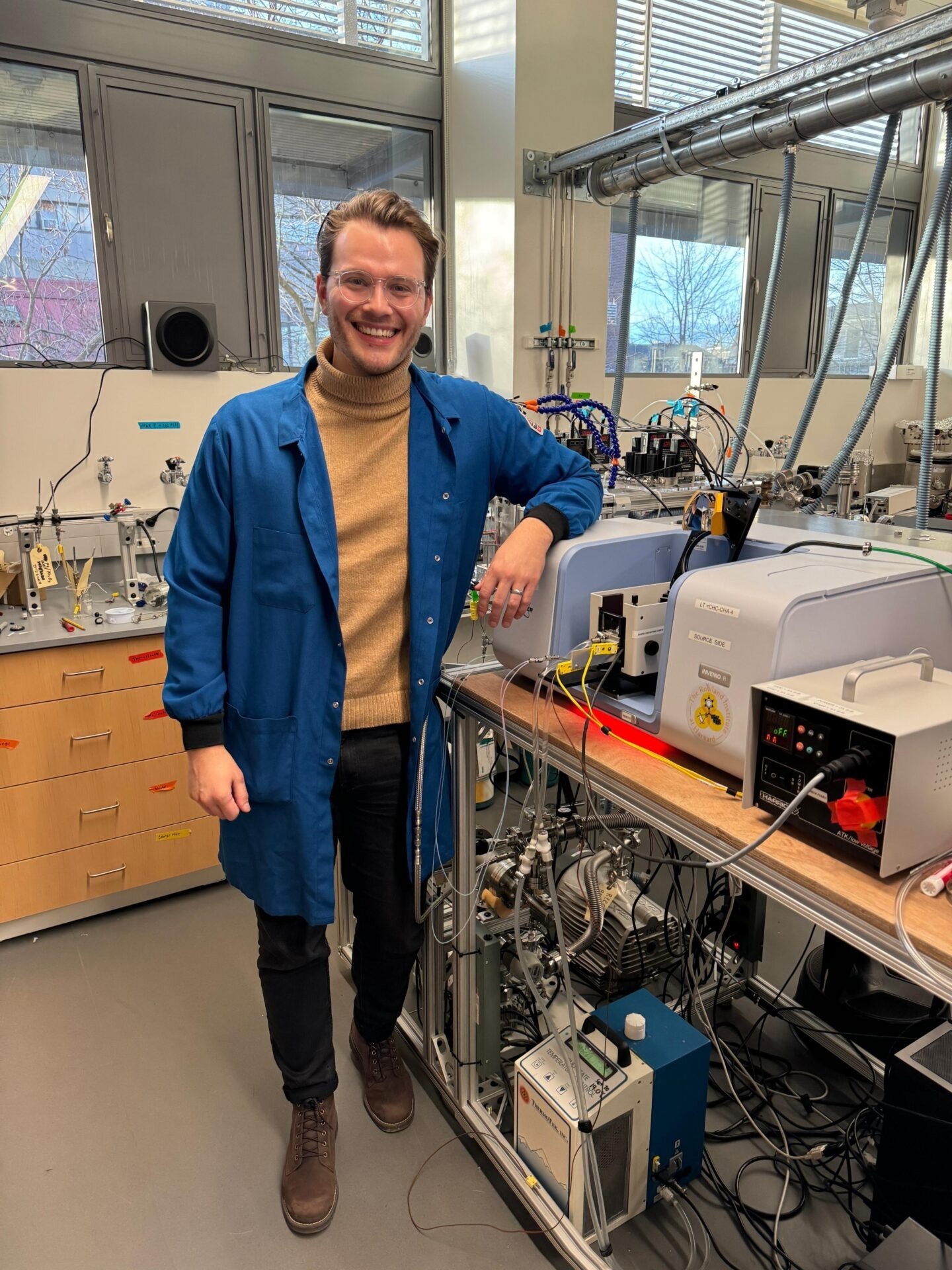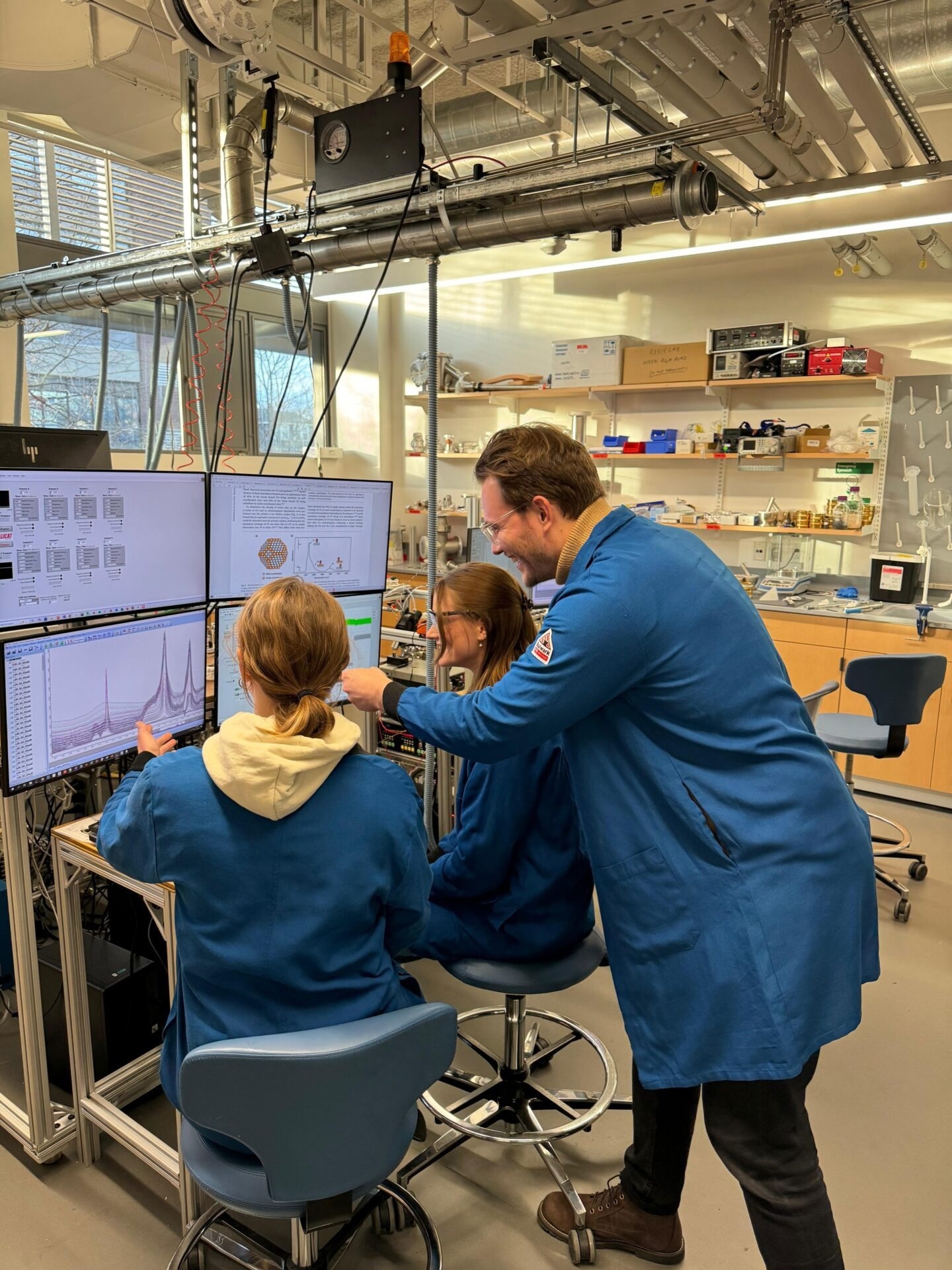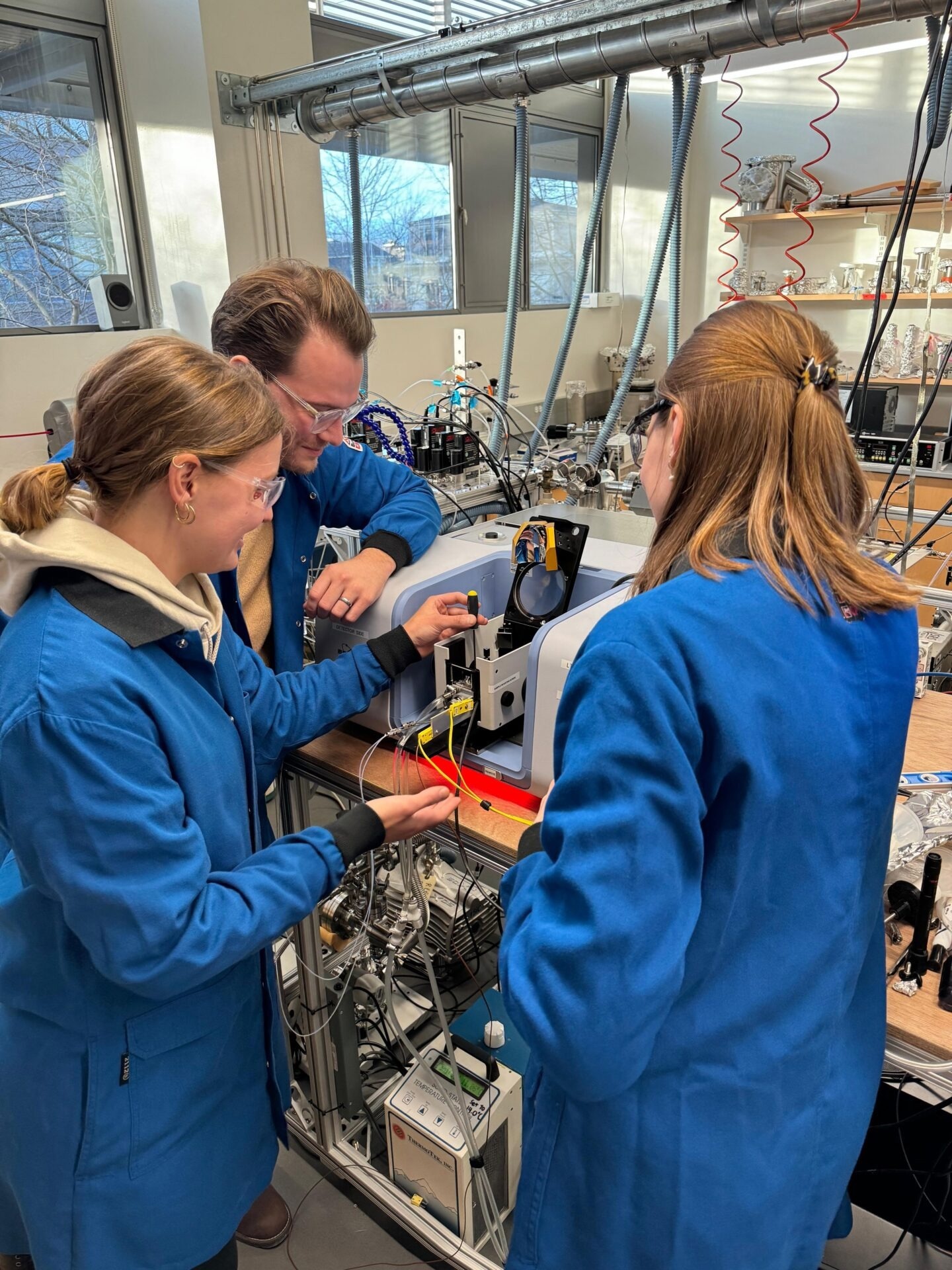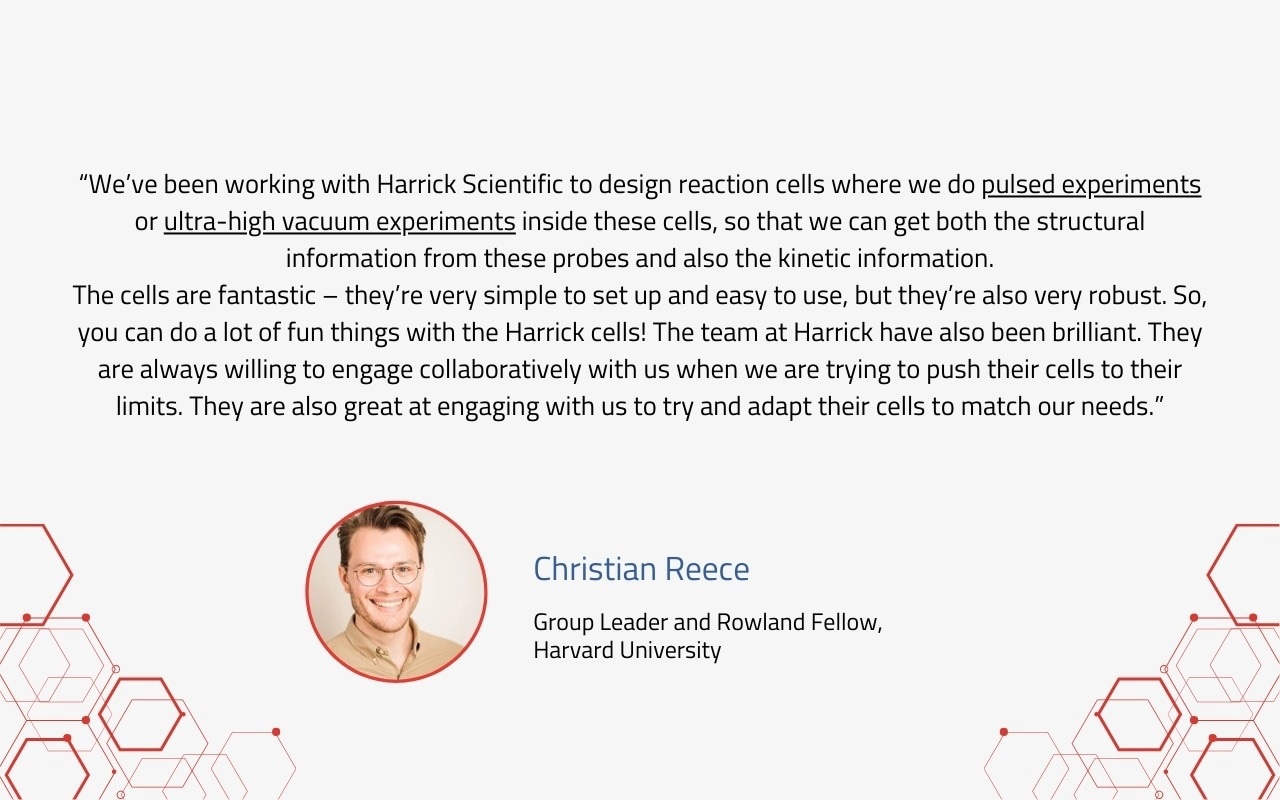Sponsored by Specac LtdReviewed by Maria OsipovaJun 20 2025
Speaking after the COP28 summit in 2023, the UN Climate Change Executive Secretary stated it was “the beginning of the end” of the fossil fuel era. This summit saw the attendees agree on the first ‘global stocktake’ of climate actions designed to support countries in documenting their 2025 climate action plans in accordance with the Paris Agreement.

Image Credit: Specac Ltd
Much of the focus of these actions is on the energy transition, but fossil fuels continue to be an integral element of manufacturing the petrochemicals required for plastics, pharmaceuticals, and countless other everyday products.
A complete overhaul of major industrial processes will be required to remove their reliance on fossil-derived feedstocks.
Dr. Christian Reece, a research group leader at Harvard University’s Rowland Institute, adds, “There are many ways in which to do that, but new catalysts will be at the forefront of it all. In my opinion, the only real framework that works right now to move away from fossil fuels is changing the feedstock to CO2, biomass, pyrolysis, or other sources.”
Utilizing these potential feedstocks, which are available in abundance, will help to reduce their environmental impact. For example, capturing CO2 from emissions reduces fossil fuel reliance and helps limit climate change.
Over recent decades, existing petrochemical reactions have been carefully refined to continue improving their performance.
The need to significantly and urgently limit carbon emissions means that industrial processes will need to rapidly develop the next generation of technologies. However, a new approach that builds on deep scientific understanding will be required to successfully optimize these processes in a relatively short timeframe.
A major investment will be required to discover and develop the new and improved catalysts required to shift to new feedstocks in order to meet the industrial demand for hydrocarbons.
This process has historically depended on a trial-and-error approach to collect the empirical evidence needed to improve efficiency, potentially hindering innovation and making it difficult to achieve significant progress in the field.
Decades of fundamental research have been done to better understand how catalysts function. This work means that catalysis researchers and engineers could be key to supporting the global phasing out of fossil fuels.

Image Credit: Specac Ltd
The Importance of Characterizing Catalysts
An improved understanding of catalysts’ structures is key to accelerating development and refinement of new catalysts.
Dr. Reece continues, “The holy grail of catalysis is getting what we call structure-function relationships. Researchers have been looking into this for the last 40 years, but getting a structure-function relationship on a real catalyst is quite tough because there are lots of components. Characterisation is important for understanding what is responsible for the activity.”
Lab-based characterization studies rely on small-scale flow reactors, which are just a few milliliters in size. These mimic the behavior of industrial reactors, which are many orders of magnitude larger.
Users can efficiently introduce and remove gases due to the low dead-volume of these cells, while it would not be possible to exert precise enough control over real-world industrial processes to detect the subtle changes in catalyst behavior and provide useful insight into the structure-function relationship.
However, lab-based studies are becoming ever closer to reality and continue to yield new information.
Dr. Reece continues, “There’s a renaissance in the field right now about this combination of fundamental understanding and application at the same time. The structural information may not yet be directly applicable to the industry, but it will at least provide an insight into how the material evolves as a function of coverage or temperature, and how that influences the activity.”
Probing Structure and Kinetics with Robust Reaction Cells
Infrared spectroscopy (IR) is essential in understanding a catalyst’s structure and function. IR spectroscopy lets users follow the course of a reaction as the reactants bind to the catalyst. It is possible to detect even subtle changes in the binding properties by examining the resulting spectra.
Diffuse Reflectance Infrared Fourier Transform Spectroscopy (DRIFTS) allows researchers to investigate powdered catalyst materials in realistic settings, such as packed beds.
“That’s the big benefit of DRIFTS over other traditional techniques. It’s the closest we’ll get to the real world of what’s going on in a reactor,” says Dr. Reece. “A couple of years ago, we started heavily using diffuse reflectance spectroscopy and pushing it to see how far we can drive it forward.”

Image Credit: Specac Ltd

Image Credit: Specac Ltd
Dr. Reece tends to adopt a ‘bottom-up’ approach to research, seeking to develop new means of characterizing the structure-function relationship in a widely studied test system, such as carbon monoxide oxidation.
“It’s a useful tool for characterisation using spectroscopy because carbon monoxide has such finely resolved spectral features that are very dependent on the structure,” he explains. “Carbon monoxide is a great probe molecule, but it also has the added benefit of being a future feedstock for making hydrocarbons. So, learning how and where it binds and how that changes the structure of materials is really important.”
IR spectroscopy offers valuable structural and kinetic insight into catalyst behavior, but proving the relationship between the two is challenging. Doing so requires that the reaction be analyzed in different ways to acquire evidence that the structure and activity genuinely affect one another, as opposed to results being based on correlation.
“We’ve been working with Harrick Scientific to design reaction cells where we do pulsed experiments or ultra-high vacuum experiments inside these cells, so that we can get both the structural information from these probes and also the kinetic information,” explains Dr. Reece.
“The cells are fantastic – they’re very simple to set up and easy to use, but they are also very robust. So, you can do a lot of fun things with the Harrick cells! The team at Harrick have been brilliant. They are always willing to engage collaboratively with us when we are trying to push their cells to their limits. They are also great at engaging with us to try and adapt their cells to match our needs.”
This approach still requires that the catalysts’ structure and kinetics be captured separately before aligning them afterwards. This process is labor-intensive, however, prompting Dr. Reece to work toward combining these techniques to perform them simultaneously.
He adds, “That would be a big breakthrough. Such a tool would be a powerful way to get reliable insights into structure-function relationships of catalysts. However, building this up to the complexity of real-world catalysts is another challenge. This is where computational models may help.”

Image Credit: Specac Ltd
Experimental Data Required to Drive Machine Learning
Dr. Christian Reece began his research career as a theorist for his PhD in 2013, eventually moving into experimental studies. However, he still sees both aspects as being key to translating model systems to industrial applications in the longer term.
“We’re making good progress. Experimental techniques are advancing, and theoretical tools are going way beyond what I could have imagined. When I started doing theory, the concept of modelling hundreds of atoms at DFT accuracy was insane, and now I’ve heard of teams going over a billion atoms,” he explains.
Models can be infinitely precise, even down to an atomic level, but experimental evidence is still required to verify models’ accuracy. Machine learning’s (ML’s) power and potential are driving rapid developments in terms of modeling, but ML is still based on assumptions about existing structures.
“We just have to get the theoretical models to a point where they’re good enough, and then we can refine further. But to get them to this point depends on fundamental data that’s well defined and robust enough to train a model on,” says Dr. Reece. “If we can take a few good measurements of a really well-defined structure, I hope that can provide enough of an anchor in the training dataset.”
Advancing Sustainability via Fundamental Insights
It has been posited that this unification of theory and practice is at least a decade away, but a more comprehensive understanding of catalysts may make a major difference as the petrochemical industry looks to reinvent many of its long-serving systems.
“When it comes to industrial processes, catalysts work really well, and they work with high efficiency. So, finding dramatic changes is going to take significant rethinking on how we run these processes,” summarizes Dr. Reece. “Small incremental changes will help reduce CO2 emissions, but if we need a complete reshaping of the industry, then it’s only going to come from fundamental insight.”

This information has been sourced, reviewed and adapted from materials provided by Specac Ltd.
For more information on this source, please visit Specac Ltd.